Reaching and motivating the right audiences during the 2024 Presidential election cycle will be more important than ever before. Advertising share of voice competition will be at an all-time high with US political ad spending expected to hit a record $12 billion dollars next year. Candidates will rise and fall, and elections will be won or lost, based on a political campaign’s ability to identify, activate, and measure advertising against segments of the U.S. population that can swing an election.
It's crucial for political marketers to have an audience strategy in place to effectively drive awareness, engagement, and ultimately votes for their candidate. When it comes to audience data, a thorough historical analysis of which programmatic segments were considered most valuable in past elections can serve as a guide to which audiences will be used heavily going into 2024. However, the reverse is also true: Identifying audiences that haven’t been heavily targeted and influenced by political messaging in the past can guide marketer’s targeting strategies toward whitespace opportunities through political segments that differ from the competition.
To that end, let’s explore which political audiences were activated the most across digital, television, and social media platforms over the last two election cycles. The below rankers include the top Alliant political propensity, voter, and demographic audiences used by political agencies during the 2020 Presidential election and the 2022 midterm elections based on calendar year spending.
2020 Presidential Election: Top 15 Political Audiences
1. Right Leaning Independent Voters
2. Liberal Democrat Party Propensity
3. Democratic Party Affiliation Demographic
4. Left Leaning Republican Voters
5. Republican Party Affiliation Demographic
6. Conservative Republican Party Propensity
7. Affluent GenX Independent Voters
8. Ted Cruz Candidate Propensity
9. Affluent Late Boomer Independent Voters
10. Middle of the Road Democrat Party Propensity
11. Democratic Party Propensity
12. Affluent Republican Senior Voters
13. Environmental Donors of Independent Party Voters
14. Politically Liberal Propensity
15. Independent Party Voters
In 2020, a range of voter registration, party propensity and affiliation segments were activated heavily by political advertisers. Campaigns tapped into precise segments such as ‘Right Leaning Independents’ and ‘Left Leaning Republicans’ going beyond just broad party affiliation audiences.
2022 Midterm Elections: Top 15 Political Audiences
1. Independent Party Affiliation Voters
2. Affluent Independent Senior Voters
3. Right Leaning Independent Voters
4. Affluent GenX Independent Voters
5. Affluent Democrat Senior Voters
6. Affluent GenX Democrat Voters
7. Affluent Late Boomer Republican Voters
8. Conservative Republican Party Propensity
9. Affluent Republican Senior Voters
10. Premium Conservative Republican Propensity
11. Political Donors of Independent Party Voters
12. Affluent Early Boomer Republican Voters
13. Democratic Party Affiliation Voters
14. Political Donors of Democrat Party Voters
15. Political Donors of Republican Party Voters
During the 2022 midterm elections advertisers doubled down on reaching independent voters, as seen with 4 of the top 5 audiences ranked. Campaigns also sought to reach more niche audiences by targeting according to party affiliation, generation and income level - such as Affluent Republican Senior Voters.
Opportunities for 2024
In 2024, political marketers have an opportunity to strategically approach targeting by going beyond party lines by activating to more precise groups of swing voters. Large audience segment by party and even age demographic will still be important for achieving scale, but niche audiences will be equally crucial to swing the vote with independent, undecided, and issue and cause-based voters.
Activating a Blended Strategy: While many voters will continue to toe the party line, many individuals will vote based on a more complex set of factors. Advertising campaigns should blend their segmentation approach using propensity segments of candidates with similar views, timely issues and causes facing our nation or specific states, along with registered voters by party, generation and income level.
Segmenting by Issues and Causes: Issues like border security, inflation and ongoing wars overseas represent hot-button topics that are massively important to voters right now, and political marketers shouldn’t assume that positions on these topics break down along party lines. In fact, we know they don’t. Tapping into audience segments built around issues and causes represents a powerful way to reach audiences around topics that are more important to them than the names of candidates or party affiliation.
Segmenting by Nonprofit Propensities: The charities to which people contribute can tell political marketers a lot about them as voters. Audience segments built on donor data and social interests allow advertisers to reach pockets of swing voters around the issues that matter most to them.
The 2024 election cycle will be a long endeavor with new candidates and issues coming and going over the course of the next year. With more access to funding and audience data than ever before, political advertisers need to find the right audience strategy and be willing to test, learn, and optimize their campaigns from now all the way until Tuesday, November 5, 2024. Explore Alliant’s full taxonomy of political audiences ready for seamless activation today across leading programmatic, TV, and social platforms.
Alliant Political Audience Guide
- Political Propensity Audiences: Modeled social media-based audiences built from followers of specific candidates, political parties, issues, causes, and non-profit group accounts or engagement with relevant hashtags.
- Registered Voter Audiences: Deterministic segments built from voter registration data sourced directly from state voter rolls.
- Demographic Political Audiences: Subset audiences of political registration data qualified with age, income level, and generation qualifiers.







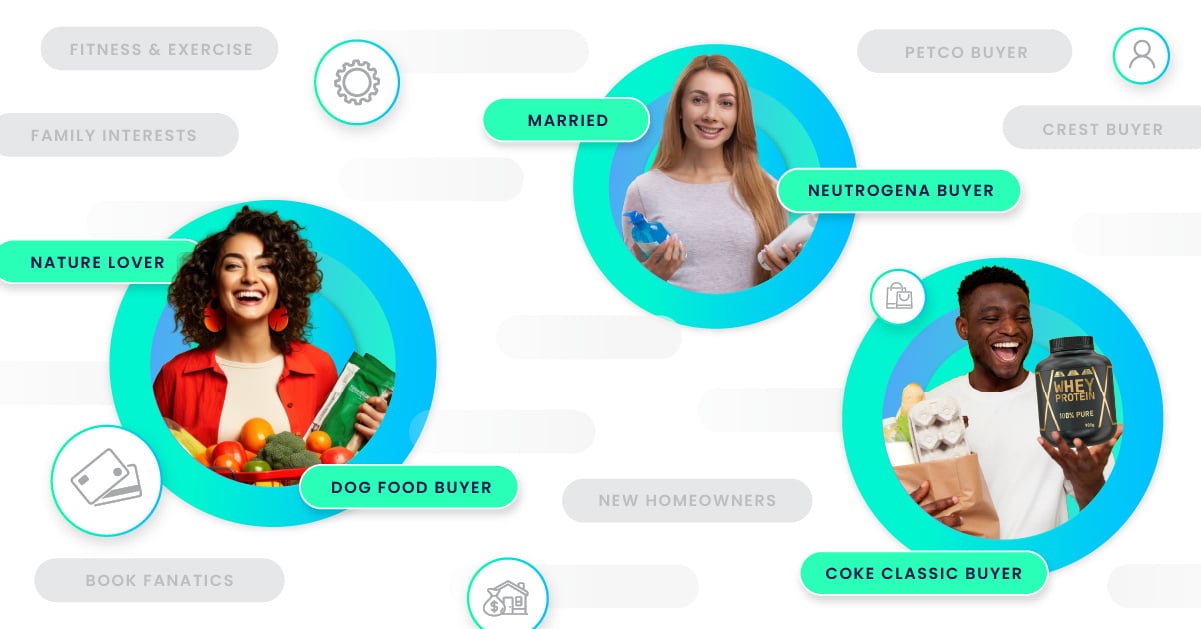












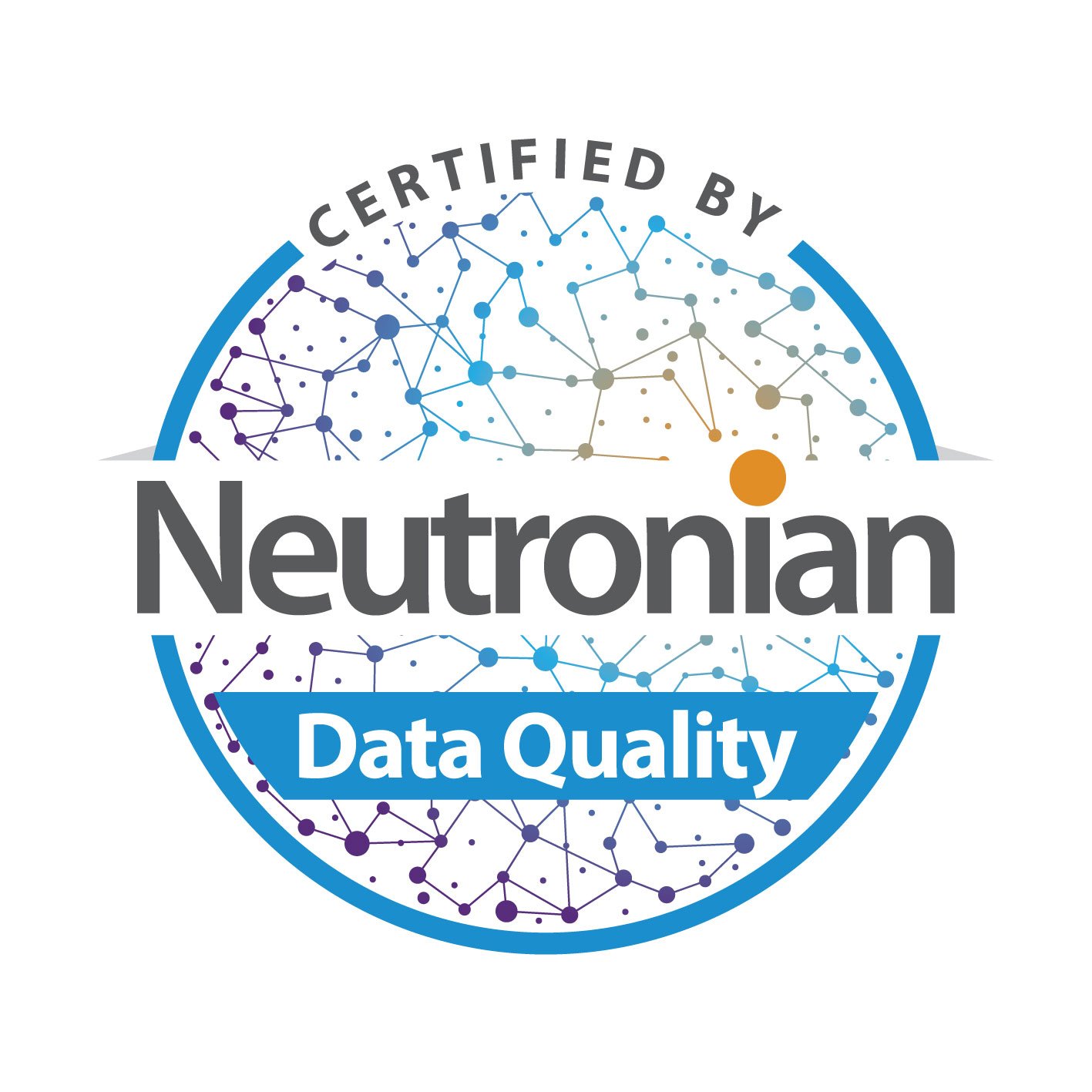
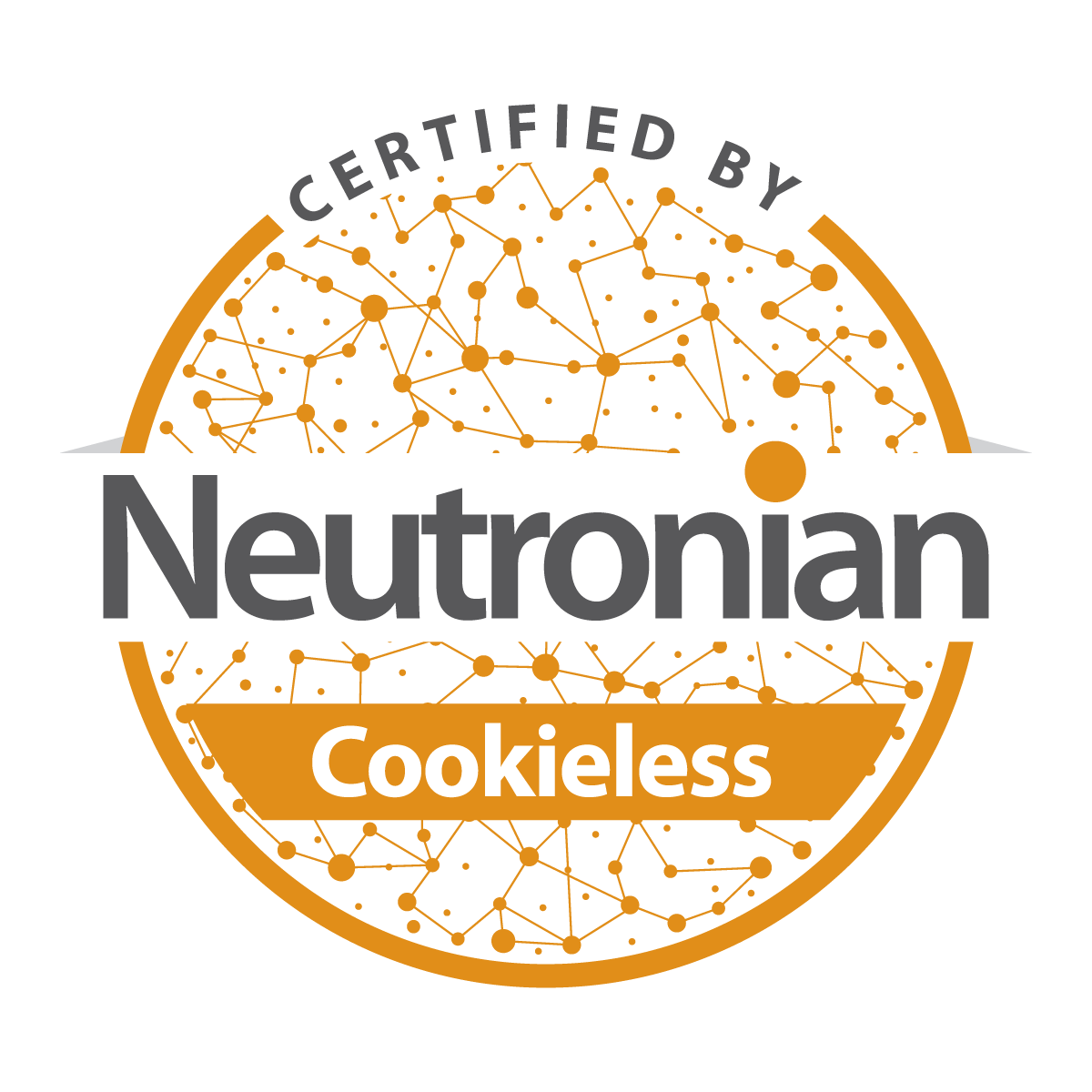
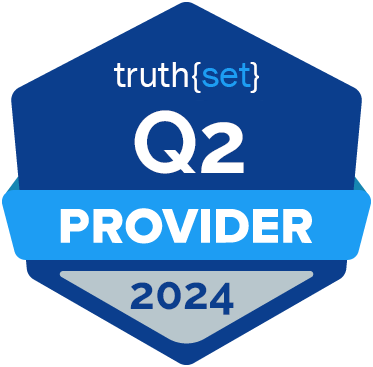
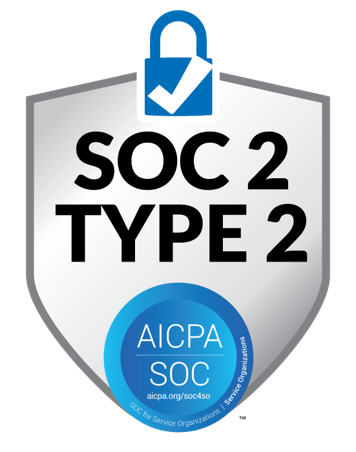
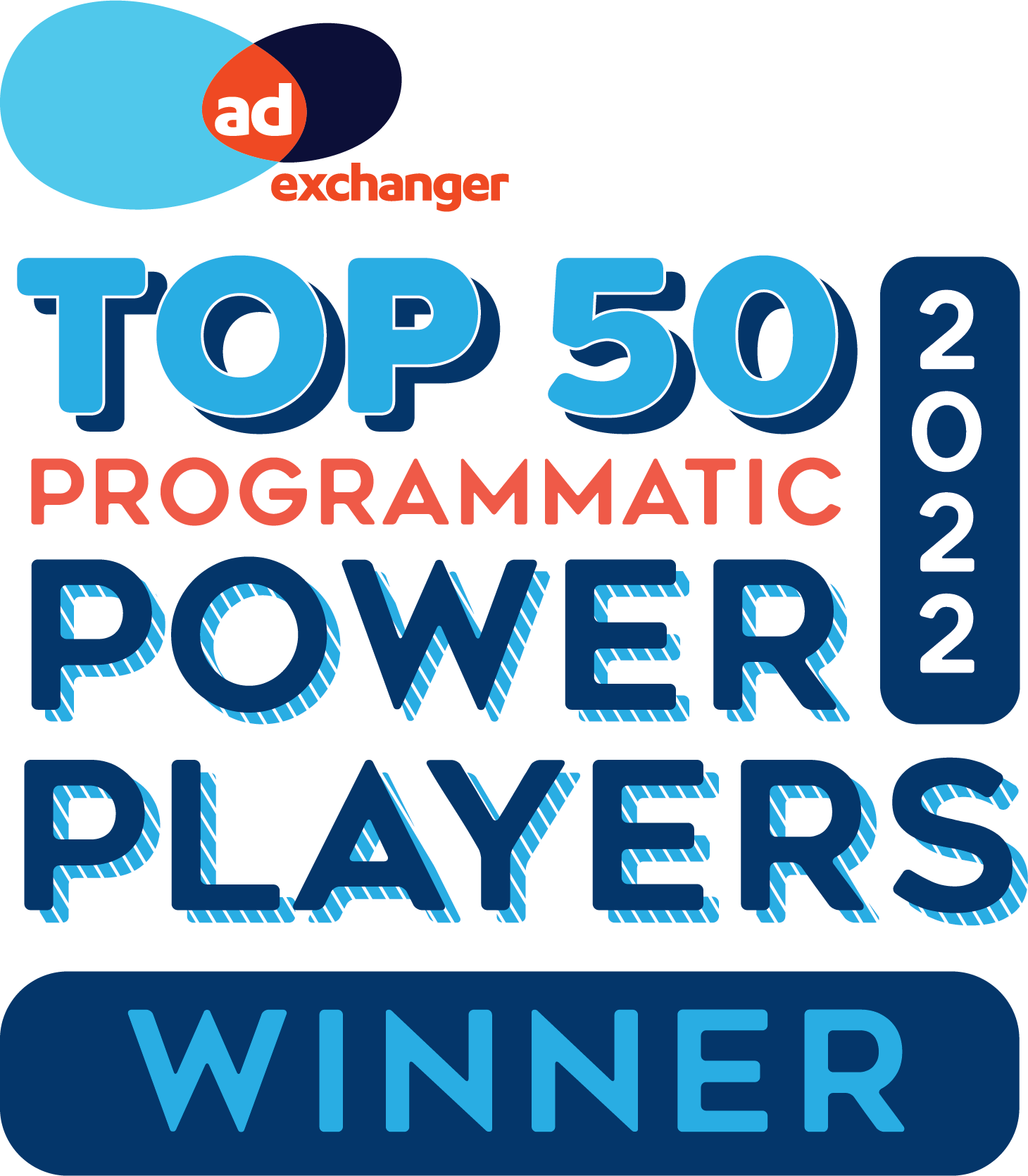




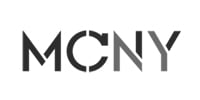
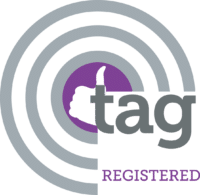
Submit a Comment